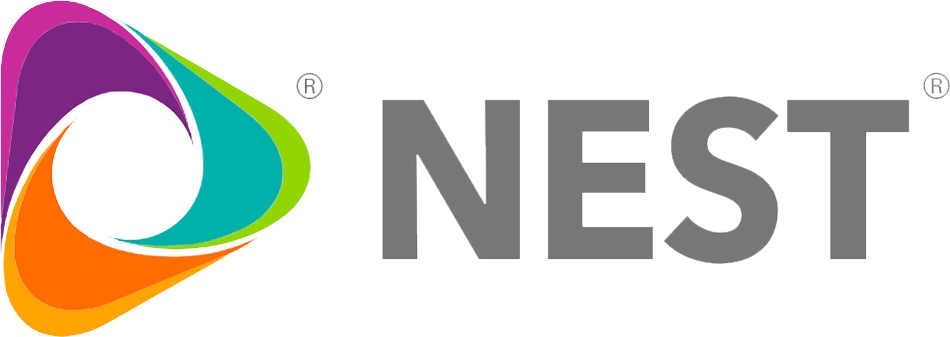When my company was founded in 1994, our team operated under the principles and best practices of that era. Outside of an occasional sick day or a scheduled business trip, we relied on 100% in-person office participation. It was the way it had always been done. You battle rush hour traffic in the morning, ascend on your assigned workspace, excel at your job, hit the roadways again in the early evening and repeat.
It worked—not only for us but also for most companies worldwide. It was hard to envision another way. Then came March 2020, and we were forced to think differently. We’ve learned a lot since then, including a new and what I believe is an improved workflow. As we begin 2023, I want to share the lessons I have learned over the past three years and how businesses can apply them to their strategies in the future.
You can adapt when you need to.
For our company of nearly 300 employees, I’ve learned the old way isn’t the only way. In a pandemic world, our team quickly accomplished incredible feats, surpassed many of our goals and collaborated 100% remotely for more than a year. The benefits were eye-opening. It provided flexibility for families, saved our employees money on gas and dry-cleaning and unlocked more time in the day to be productive personally and professionally. Our team delivered at a high level, collaborated, over-communicated when needed, created new processes and rallied for one another.
Change can be difficult. But when you are forced to change, people can rise to meet the challenge. In the future, hopefully, you won’t be put in a position where massive change is required again. However, my advice is to create an environment where employees are challenged to think differently on a regular basis. Reward positive change, and make it part of your culture to adapt.
Consider hybrid as a way forward.
I don’t know what the future holds with the metaverse. However, I do believe that 100% virtual is not the perfect environment to foster a company’s long-term culture. As we onboarded new talent during the pandemic, it became apparent that some in-person collaboration was a missing element. Early in the pandemic, the momentum of our in-person culture quickly transitioned to a virtual ecosystem. Our team already had those relationships formed through thousands of hours together in an office and on business trips. However, as the months went by, we realized it could be difficult for a new employee to be immersed into that culture through a screen alone.
For this reason, I believe hybrid work arrangements are a good middle ground. When you can train in person, meet in person, go to lunch in person and collaborate as a company in person, do it. That said, know that you don’t need to go back to your pre-pandemic ways. If an employee can be productive and execute exceptional communication skills remotely, support that environment. However, recognize that remote work isn’t for everyone.
My company, for example, kept its headquarters for many reasons. Some employees have returned full time, while others work in our offices a few times a week. But most importantly, it remains a hub for our entire company. If your company is similar, consider prioritizing regular in-person town halls, key face-to-face meetings and philanthropic initiatives.
High performers can excel with flexible work schedules.
When moving into a hybrid work environment, I’ve found it’s important to shift your thinking from a human resources perspective. Looking for great talent hasn’t changed. If the right talent is found outside of your home market, take into consideration the candidate’s availability for occasional travel. Additionally, make sure every employee’s environment is conducive to the job, and keep in mind that your onboarding process will now need to be an even greater priority for new employees. When you attract top talent and provide the flexibility they need, I learned that your company as a whole excels.
Philanthropic initiatives can spark in-person collaboration and build culture.
Philanthropy has been part of our DNA since we were founded more than 28 years ago. Through our company philanthropy programs, we collaborate with nonprofits in meaningful ways that bring our company together and make an impact in communities. These in-person events are vital to fostering our company culture. We also ask employees to suggest nonprofits that are important to them as individuals so the company can support their causes as well.
If you are looking to set up a philanthropic program, look beyond the donations. Find ways to help tell people’s stories, give community leaders a platform and incorporate them into meetings, conferences and events.
The past three years have forced organizations to think differently. As technology advances and job seekers evolve, continue to look for new ways to improve your work environment to ensure your team loves where they work and how they work—all while striving to reach your goals.
This article was originally published to Forbes on January 19, 2023.







